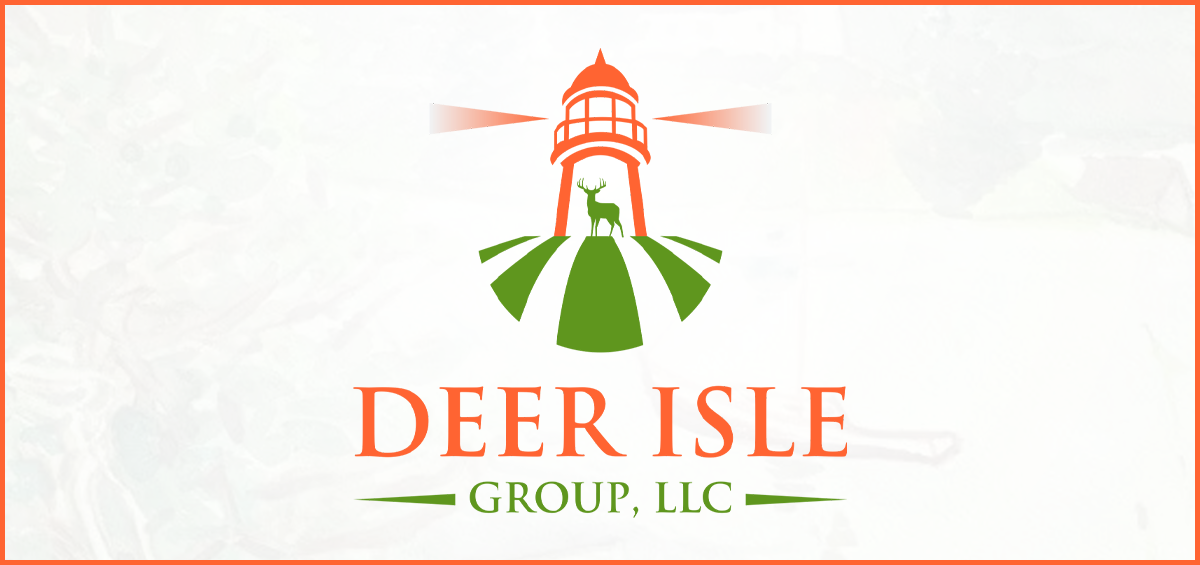DEER ISLE: Insights, Flows & Investment Trends

Podcast:
Power, Population, and Productivity
What is the Winning Combination?
The United States remains the undisputed global leader in turning human capital into economic and military power. With productivity per capita at $89,000, U.S. output far exceeds that of other large economies. By comparison, China produces only ~$14,000 per capita, India ~$3,000, and the EU ~$43,000. The extraordinarily high productivity of the U.S. workforce is a testament to its innovation ecosystem, advanced education and research institutions, deep capital markets, and relatively strong institutions.
This productivity edge is reinforced by military power. The U.S. defense budget, at $977 billion, is still larger than the combined spending of the next several powers. China follows at $313 billion and the EU at $400 billion, but no single bloc yet matches America’s capacity to project force globally.
Looking ahead, however, the numbers raise difficult questions. The so-called “new power alliance” of China, India, Indonesia, Russia, and Brazil commands enormous populations, large youth cohorts, and a combined defense budget of $550–600 billion — still less than the U.S. alone but closing. Today, their productivity lags, but what happens if education and technology raise output per worker closer to U.S. or EU levels? Does rising tertiary enrollment point toward future gains in productivity? Or does persistent youth unemployment — running in double digits in nearly all these economies — suggest that human capital is not being efficiently absorbed, locking productivity in place?
For investors, the answer matters. If scale economies can convert into productivity, these markets could rival the U.S. in global economic weight. If not, the U.S. advantage in innovation, productivity, and defense will persist. Either way, these themes shape compelling investments across geographies.
| Country | Pop (M) | Tertiary Enroll (%) | GDP/ Capita ($000) | Defense ($B) 2024 | Unemp. % | Youth Unemp. % | Potential Key Investment Themes |
| United States | 347 | 79 | 89.7 | 977 | 3.6 | 9.4 | Advanced tech (AI, biotech), defense-industrial base, automation, healthcare, aging-linked housing/services |
| India | 1,460 | 33 | 2.9 | 86 | 4.2 | 16.0 | Edtech, vocational training, fintech/SME credit, infrastructure, digital platforms |
| China | 1,410 | 75 | 13.8 | 313 | 5.1 | 15.2 | Advanced manufacturing, Green tech, semiconductors, biotech, tactical R&D, supply chain diversification |
| Russia | 145 | 54 | 15.0 | 148 | 3.1 | 9.3 | Distressed/adjacent markets (Central Asia, Turkey), commodities, talent arbitrage |
| Indonesia | 283 | 45 | 5.2 | 11 | 3.3 | 13.1 | Infrastructure, consumer goods, financial services, digital employment/upskilling |
| Brazil | 203 | 60 | 10.8 | 20 | 7.9 | 17.9 | Education partnerships, digital platforms, agritech, energy transition |
| EU (27) | 448 | 80 | 43.1 | 400 | 6.0 | 15.9 | Defense tech, clean energy, automation, healthcare |
—————————-
Contact us [email protected] if you have companies in your portfolio which require attention and your team does not have the time. We can help through all aspects of the capital process including providing strategic guidance.
Use multiple proprietary AI tools to enhance efficiency and effectiveness of creating capital strategies.
Perhaps podcasts would help with your capital communication strategy – see podcasts included with the articles.
—————————-
Capital Provider Interest: Venture capital firms are selectively deploying capital into “zombie companies” that lack ongoing support from their existing investors. Examples of interest are in commercialization-stage healthcare and digital infrastructure opportunities.
Hedge Funds: They’re back. Hedge funds are regaining attention as private capital investors seek liquidity by selling secondary positions in illiquid assets and rotating capital into public markets. Tactical trading strategies that exploit volatility are seeing the greatest momentum.
Private Credit: With record capital raised and intense competition in traditional private credit, investors are shifting toward higher-yielding niches. Strategies such as NAV loans and royalty finance are attracting capital, with returns above 12% still available.
All things Data Centers: Investor enthusiasm for data centers remains intense across real estate, private equity, clean tech, and infrastructure. The sheer breadth of activity raises the question: are we heading into bubble territory?


